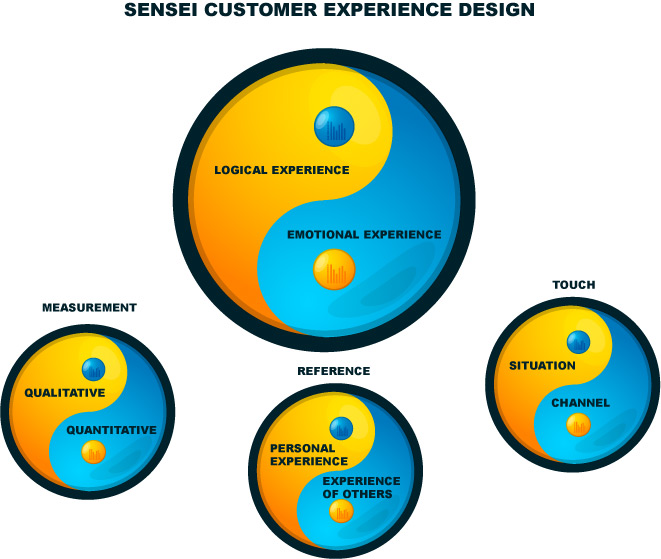Today I was part of a great Twitter chat #SOBcon. Lots of smart folks and a question came up that I found intriguing because of the dialogue it stirred in everyone.
“Where do you find your inspiration to blog or write”
The stir came when it was suggested that inspiration and having an editorial schedule could be polar opposites. Many agreed with this notion, some did not and sliced it down the middle.
The issue came down to this conundrum:
1) If you have an editorial schedule you risk putting out drab content for content sake.
2) If however you wait for inspiration to write, you risk being unreliable for actually publishing content for your readers.
3) Which opened up a third question of accountability to your audience and to your company (for whom you blog).
Maybe its the simple farmer inside me, but I figure, “why can’t we marry the two and have inspired editorial schedules that produces superior, authentic works?” I have never created artificial boundaries for myself so this notion works for me.
I have always believed that limiting your perspective and beliefs are what hold you back in almost everything in life. To this end, I have always passionately clung to a child-like sense of wonder about everything around me, most especially human behavior. This perspective has enabled me to find inspiration absolutely everywhere I look and in every experience I have, both online and off. Does it all lead to writing? Of course not. But it all contributes.
So I wanted to share some of the ways I find and shape inspiration into my work and my writing.
Become an adventurer
Don’t sit and wait for inspiration, go explore and find it. Improving your sense of curiosity and asking good questions is a great way to begin this journey. Every single environment and interaction holds the potential for discovery if you think and act like an adventurer.
Rekindle your passions
This is important because in order to find external inspiration, you need to inspire within. Yes I know, the whole chicken and egg thing… I have found that being passionate about your writing is the best inspiration. This requires you to shift your beliefs a bit so that you can spark your passion at a moments notice. I have described it as the ability to create a positive charge in your mind, body and spirit. In short – its your energy.
Make a commitment
An editorial schedule is a commitment to yourself, your company and your audience. It gives you some accountability and process. It also helps create modest expectations.
This has been my biggest challenge while building my personal brand. As many know, I put a lot of effort, research and thinking into my writing and that takes time. Therefore, my posting has been irregular (to be kind). My #1 goal is to become regular – its about adding fibre to my writing diet to find that happy medium.
An inspired editorial schedule?
Does such an animal exist or is this another fabulous creature like the unicorn? For me, my editorial schedule is inspired and ever changing both to meet the needs of my audience and to fuel my passions. I write no less than ten posts at any given time, gradually contributing to each with new research or thinking. I use Evernote religiously online and listen to the folks on my Great Thinkers and Marketing Content Twitter lists. I use mind maps avidly to explore deep concepts and test my own logic. I actually hang a pen around my neck on a tether and carry a pocket sized moleskin to capture individual moments on paper. I also use a digital audio recorder when I am driving to capture and work through ideas.
I have given myself no excuses to not find, experience and capture inspiration when we meet – and it is often from the most unlikely of places. So the schedule? Hell, that just comes naturally out and helps to reaffirm my goals.
This is not only about how you see the world around you but how you present yourself to the world around you. It is also as simple as changing your surroundings out of your typical routines. Some of my best writing has been done in cafes and pubs. Whatever works.
A story to illustrate my point
I am blessed to have 3 beautiful, imaginative children and this story was inspired out of my commitment to being a Dad.
It starts with my adventure to build my first backyard skating rink for the kids. While doing so, I found myself overcome with inspiration for my social sales software and here is how…
My challenge was that I didn’t have the proper rink kit to make the skating rink and everyone told me i needed one. I was stuck. But in speaking with a friend, he suggested using the snow as the form. A great idea to be sure.
But wait a minute, if I use snow as a form, my rink is no longer constrained to the tired old rectangles of my youth right? Suddenly I could creatively use the entire backyard including a massive loop around my back garden to make a unique “skating experience” for my kids. The ability to shift from rigid thinking (I need forms) to abstract (snow creates any form) I was able to overcome a challenge and find inspiration. But it didn’t stop there.
What if I applied the same thinking to my software interface? What if I looked at it like snow and shaped it into a simpler, more powerful natural form that takes me away from “tired old tradition”. Since that point, I have been re-designing and simplifying the software.
To close it out, I believe inspiration is all around me and that boundaries only exist when I create them.
Are you limiting yourself? Try a being an adventurer for a day and see if inspiration can be found instead of waiting for it. Not only could this lead you to exciting new paths, but you may find you can keep a balance between inspired writing and keeping a schedule.

